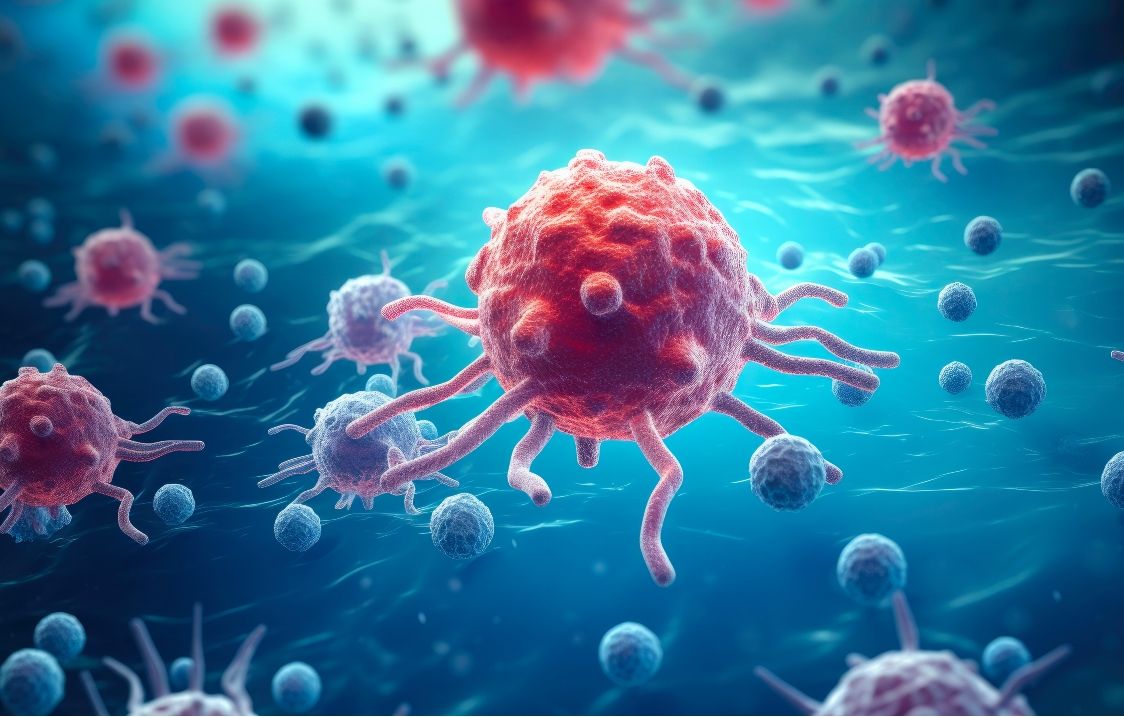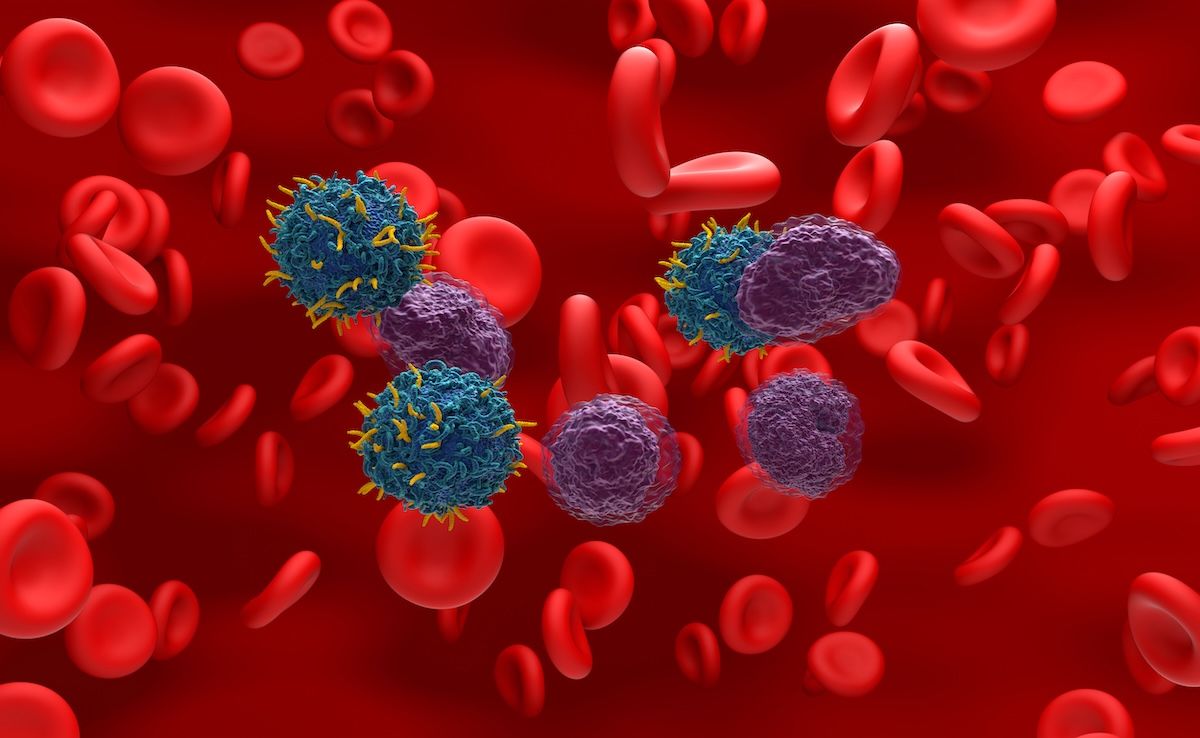Article
Why Donate Blood During the Coronavirus Crisis? Because I Can
Author(s):
I am type O negative. There are only 7% of us in the United States. My blood is red gold, if you will. I am a universal donor, which means that my blood can go to anyone.
I am type O negative. There are only 7% of us in the United States. My blood is red gold, if you will. I am a universal donor, which means that my blood can go to anyone. According to New York Blood Center, I have 32 lifetime donations. That comes out to 1.23 donations per year since I turned 17, which is the legal age at which you can donate blood in New York state without parental consent.
I heard from a distance, “It’s a no. The machine says no.”
“No.”
Initially, I panicked. My heart started racing. What did I do wrong? Had something shown up? Did I have the coronavirus? The nurse, whom I later found out was a phlebotomist, had taken my boarding pass (you get these now when you donate blood, did you know that?) and was running my information through the Alyx machine. I was scheduled for an automated red blood cell donation, so my mind was already set to donate 2 units of red blood cells.
The appointment had already been rescheduled because my church’s Good Friday blood drive was cancelled. It’s the one blood drive I try to never miss because it is held every year to honor a former high school classmate, Keith Fairben, who was a paramedic at NewYork-Presbyterian Hospital and died on September 11, 2001.
“We can’t ensure everything is properly sanitized before the next person donates,” the New York Blood Center rep told me over the phone.
The staffer came over to where I was waiting, explaining that I couldn’t do a double red blood cell donation because the machine wouldn’t allow me to. The machine rejected me!
“What do you mean I can’t do a double red cell donation? I’ve given these same numbers before. I don’t understand. It’s been almost a year since my last donation.”
“I’m sorry, miss. I don’t make the decisions. The machine figures this all out, and with your numbers [my height is 5’6”, my weight shall remain a mystery], it says you are ineligible today. I thought with your iron being so high [I was a 16!], that would help push it through. But you can still do a whole blood donation.”
That made me feel better. But still……..
Ask anyone who knows me and they will tell you that I like to ask lots of questions. I had so many running through my mind this past Saturday. With all that was going on, how would the donation process be different? Would my blood be tested for the coronavirus? (No donation will be tested for the virus.) Because I woke up with a headache that day, would I be turned away? I wasn’t, thank goodness.
For starters, I was checked in at the New York Blood Center’s Lake Success location on Long Island and my temperature was taken before I even entered the reception area. I was also asked if I had felt unwell or taken any antibiotics in the past 4 weeks. As I was waiting for my temp to be done, an older gentleman was turned away because he couldn’t remember when he had last taken antibiotics. We were even asked to stand apart because he walked right up and stood too close to me.
In the meantime, someone else walked in wanting to donate because he, too, had type O negative blood. Someone who didn’t have an appointment but wanted to see if he could donate because of his blood type. Thank you whoever you were.
When I got the go ahead, I was allowed into the reception area, where I was once again checked in. After being told to use hand sanitizer first, I then sat at a random laptop to scan my blood donor card and answer the check-in questions. As I was doing this, I noticed a steady stream of people wanting to donate. But only 1 person at a time. The next person had to wait outside. I also saw more people turned away.
For those who are unfamiliar, donating blood takes about 1 hour. You check in, read some educational materials, wait, have your vitals taken (including iron levels), wait some more, are directed to a bed and asked to confirm your name and date of birth, have your vitals taken a second time, and have your veins checked (having pale Irish skin, my veins POP!), all before being hooked up. It’s a lengthy process, but it’s a safe process.
And this day, anyone who came in who could donate—whether it be platelets, whole blood, red blood cells—was assigned to every other bed.
The worst part for me is when the needle is inserted. After that, I have no problem looking over as my blood starts to fill the pint bag. When my dad was still alive, he and I used to race to see who could fill up faster. We were told we were crazy to do this.
The questions started almost right away.
“Why do you take so many extra vials?” I wanted to know. “What do you test for?”
“HIV, Zika, hepatitis. If anything pops up, you get a call,” I was told. "You don't want to get a call."
“Have you been busy?”
“Oh, yes. It’s been steady all day.”
“How long have you been a nurse?
“Oh, I’m not a nurse. None of us are. All of the LPNs have been shifted elsewhere. We’re phlebotomists. We take the blood draws. Do the grunt work.”
I looked all around me. There were both young and old donators. There was someone donating platelets. There was a woman whose whole family was turned away. There was a person who I’m guessing was a grandmother in the bed across from me. Two young guys were several beds over.
Suddenly, there stood the staffer who told me I could not do not the double red blood cell donation. “It wasn’t you. These machines take 400 mL. The mobile machines take 360. You don’t have enough volume.”
What I noticed yesterday was how calm everyone was. How willing they were to answer your questions. How happy they seemed. How the mood was serious, yet light. How there was a sense of urgency to make everyone waiting to donate feel reassured that it was safe to do so.
And then I was done. Filling up fast. As usual. Got my escort to the waiting area. Had my snack. Waited the mandatory 15 minutes (at least). Walked out into the sunshine and fresh air. And drove home.
Why have I continued to donate for 26 years? Why do I donate so often? Any why did I donate now?
Because why not? Because I can. Because I want to help.
If you would like additional information on donating whole blood, red blood cells, or platelets, please visit the American Red Cross’ Blood Services website or New York Blood Center.
Maggie L. Shaw is an associate editor at AJMC.com.How are you helping out in your community? We’d love to know. Tweet us at @AJMC_Journal.










2 Commerce Drive
Suite 100
Cranbury, NJ 08512
© 2025 MJH Life Sciences® and AJMC®.
All rights reserved.






